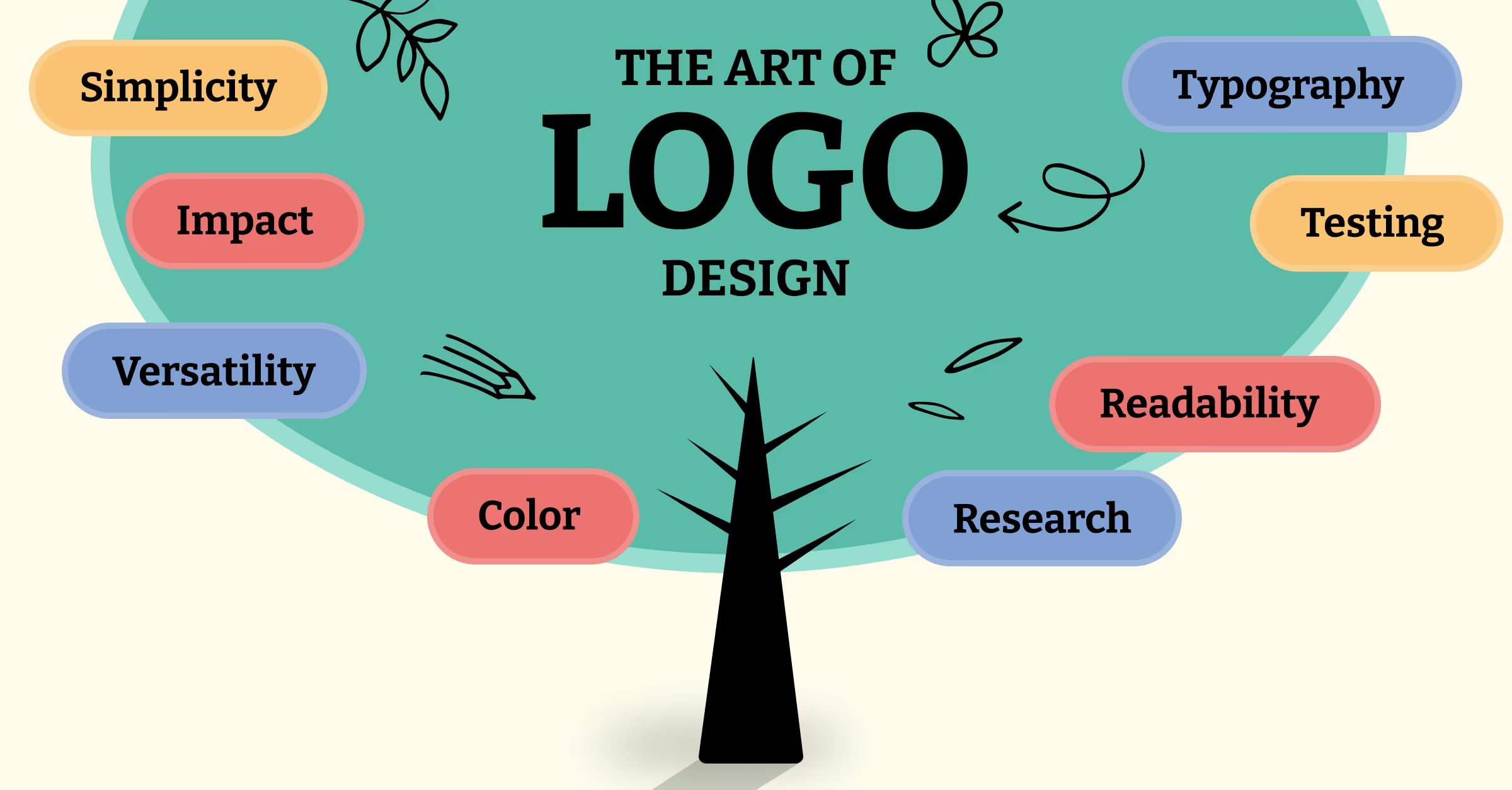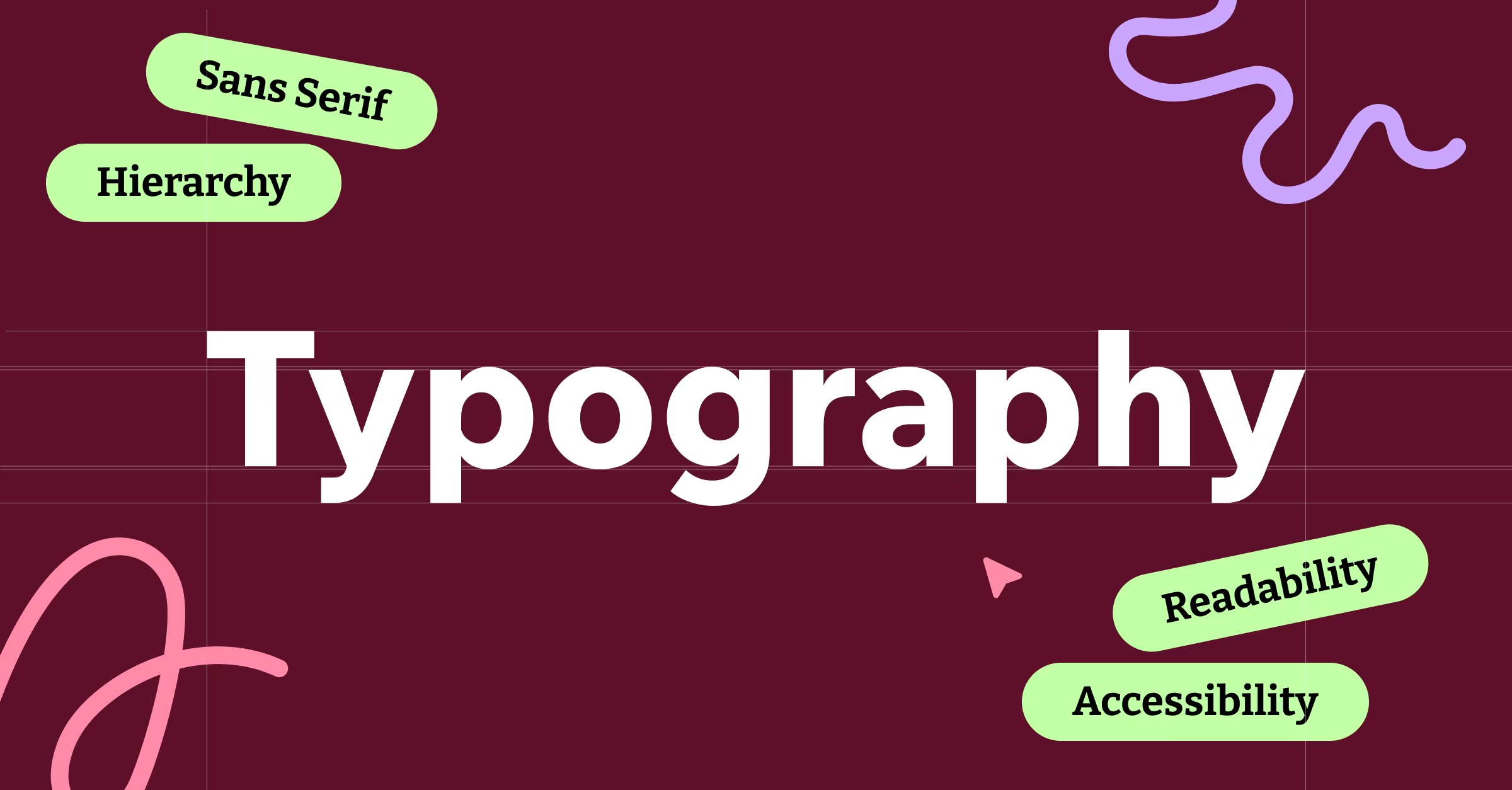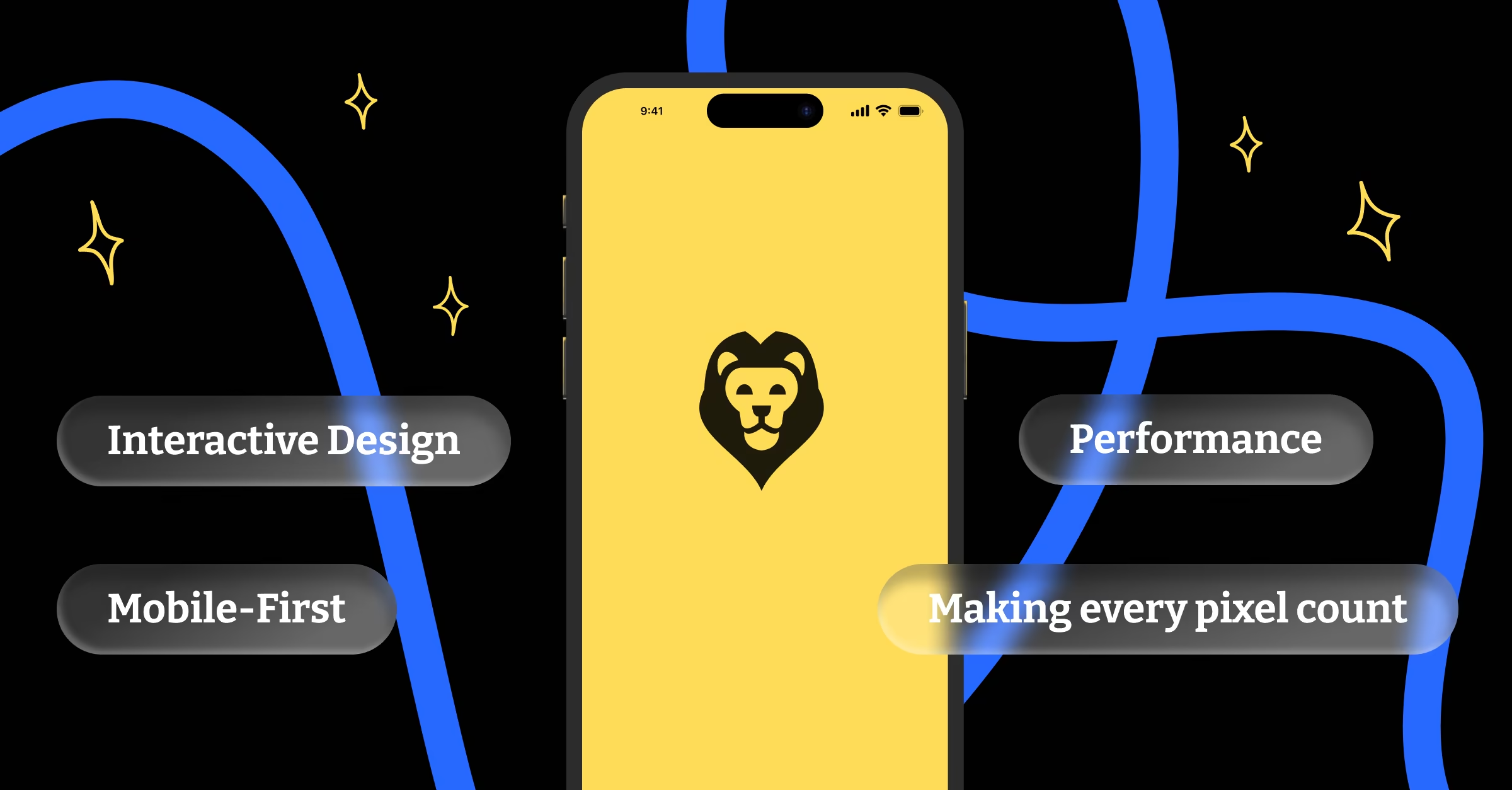Your social media posts get likes. They get comments. They get shares. But do they get customers?
Most businesses treat social media design like digital decoration. Pretty images that fill up their feeds and keep their profiles active. But social media design should work harder than that. It should build brand recognition, communicate value, and drive business results.
Here’s how to create social media content that actually moves the needle on your business goals.
Brand Consistency Across Platforms
Every social media post is a brand touchpoint. When your visual style is consistent across platforms, you build recognition and trust. When it’s inconsistent, you confuse your audience and dilute your brand impact.
Develop a visual style guide that works across different platform requirements. This includes color palettes, typography choices, logo placement, and image treatment styles. Your Instagram posts should feel connected to your LinkedIn content, even when the formats and contexts are different.
Consistency doesn’t mean boring repetition. It means creating recognizable patterns that help your audience identify your content quickly as they scroll through crowded feeds.
Use templates and design systems to maintain consistency while enabling efficient content creation. When you have established formats for different types of posts, you can focus on messaging and value instead of reinventing visual design for every piece of content.
Designing for Each Platform’s Context
Instagram users expect high-quality, visually striking imagery. LinkedIn users want professional, informative content. Twitter users prefer quick, digestible information. TikTok users want entertaining, authentic content.
Your brand should remain consistent, but your design approach should adapt to each platform’s user expectations and technical requirements.
Instagram posts can showcase product photography, behind-the-scenes content, and lifestyle imagery that connects emotionally with your brand. LinkedIn posts should emphasize professional value, industry insights, and business results.
Consider how people use each platform when they see your content. Are they looking for inspiration, information, entertainment, or professional networking? Design your posts to fit naturally into those contexts while advancing your business goals.
Information Hierarchy in Social Media Design
Social media users scroll quickly and have limited attention. Your design needs to communicate key information instantly, before people decide whether to stop and engage.
Lead with your most important message visually. Use size, color, and positioning to draw attention to the key point before supporting details. Most people will see only the main headline or image, so make sure that element alone communicates value.
Layer information so engaged users can dive deeper. Start with an attention-grabbing headline or visual, then provide supporting details for people who want more information. This approach serves both casual browsers and interested prospects.
Test your posts by looking at them quickly in the context of a busy social media feed. Does the main message come through immediately? Would someone understand the value proposition without reading every word?
Call-to-Action Integration
Social media posts should guide people toward specific actions that support your business goals. But most social media CTAs are generic (“click link in bio”) or completely absent.
Design your CTAs to feel natural within the content rather than like obvious sales pitches. Provide genuine value first, then offer a logical next step for people who want more.
Make your desired action clear and easy to follow. If you want people to visit your website, tell them exactly what they’ll find there. If you want them to contact you, explain what kind of help you can provide.
Consider the customer journey stage when designing CTAs. Awareness-stage content might direct people to educational resources. Consideration-stage content might offer consultations or demos. Decision-stage content might highlight testimonials or special offers.
Visual Storytelling for Business Goals
People connect with stories more than facts. Use your social media design to tell stories that illustrate your value proposition rather than just stating it.
Show your product or service in action rather than just displaying it. Feature customer success stories with real people and measurable results. Share behind-the-scenes content that demonstrates your process and expertise.
Use visual sequences to tell stories across multiple posts. This could be a before-and-after transformation, a step-by-step process, or a client journey from problem to solution. Sequential storytelling encourages followers to engage with multiple pieces of content.
Design posts that prompt engagement through questions, polls, or requests for user-generated content. Engagement increases reach and helps you understand your audience better.
Performance Measurement Beyond Vanity Metrics
Likes and followers feel good, but they don’t pay bills. Measure social media design effectiveness based on business impact, not just engagement metrics.
Track click-through rates to your website from social media posts. Monitor lead generation from social media campaigns. Measure how social media traffic converts compared to other sources.
Use UTM parameters and conversion tracking to understand which types of content drive the most valuable actions. Some posts might get fewer likes but generate more qualified leads.
A/B test different design approaches for similar content. Try different color schemes, layouts, or messaging approaches to see what resonates best with your specific audience.
Content Planning for Business Objectives
Random posting doesn’t build business results. Plan your social media content around specific business goals and seasonal opportunities.
Create content calendars that balance different types of posts: educational content that builds authority, promotional content that drives sales, and engagement content that builds community.
Plan campaigns around business objectives like product launches, seasonal promotions, or industry events. Design content series that work together to achieve specific goals rather than treating each post as an isolated piece.
Repurpose high-performing content across different formats and platforms. A successful blog post can become an infographic, a video script, and a series of quote posts.
Building Brand Recognition Through Repetition
Your audience sees hundreds of posts daily. Building recognition requires consistent visual elements that help your content stand out in crowded feeds.
Develop signature design elements that appear regularly in your posts. This might be specific color combinations, typography treatments, or graphic styles that become associated with your brand.
Use your brand colors strategically to create visual connections between posts. Even when posting different types of content, consistent color usage helps build brand recognition over time.
Consider creating branded frames or templates for different types of content. When people see these visual patterns repeatedly, they begin associating them with your brand before they even read the content.
The Integration Strategy
Your social media design should support your overall marketing strategy, not operate in isolation. Design posts that complement your email marketing, website content, and advertising campaigns.
Use social media to extend the reach of your best-performing content. Turn popular blog posts into social media graphics. Create social media teasers for upcoming email campaigns or website content.
Maintain visual consistency between your social media content and other marketing materials. When someone moves from your social media profile to your website, the experience should feel cohesive and professional.
Social media design that drives business results requires strategic thinking beyond pretty pictures. Focus on building brand recognition, communicating clear value, and guiding people toward meaningful actions. When your design supports your business objectives, social media becomes a revenue driver rather than just a marketing expense.



